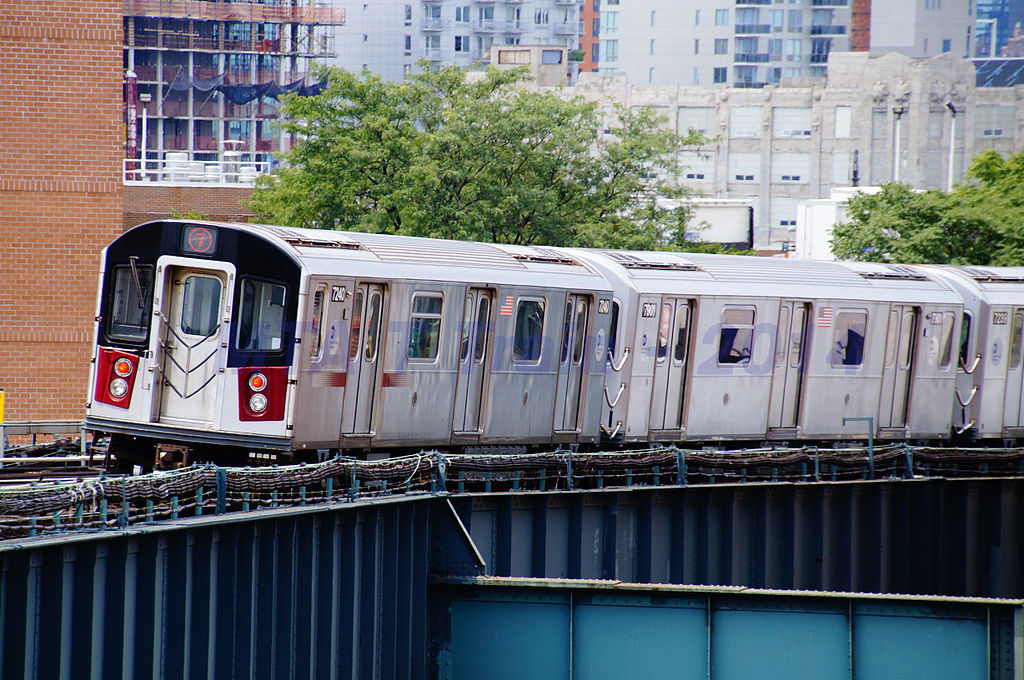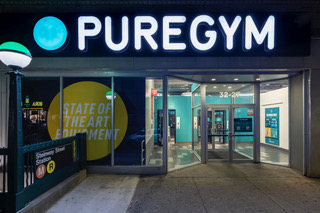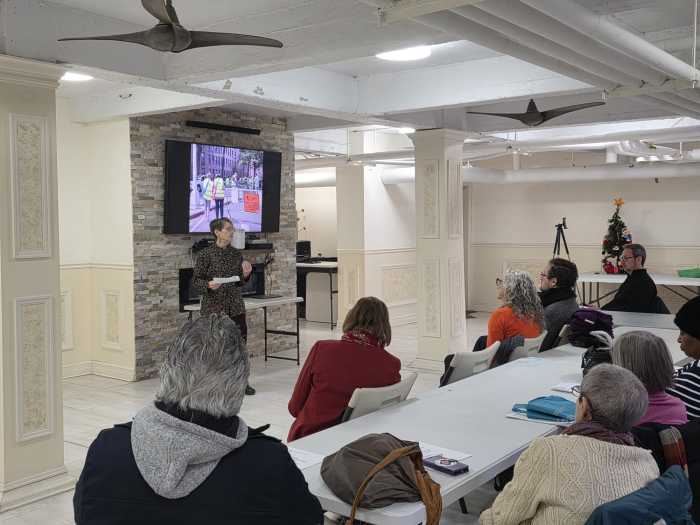Business owners and residents in Jackson Heights announced on Monday that they filed a class-action lawsuit against the MTA after finding that the crumbling paint along the 7 line tracks contained high levels of lead.
Councilman Daniel Dromm gathered under the tracks on Roosevelt Avenue along with residents on May 22 to call out the MTA for failing to address the hazardous conditions that have been present for years.
Earlier this month, District 9 International Union of Painters and Allied Trades said that the 52nd Street station in Jackson Heights contains more than 40 times the legal threshold of lead paint, which amounts to 224,000 parts per million of lead paint. Abatement is usually required when lead levels are higher than 5,000 parts per million, the union said.
“This lawsuit is a response to an urgent public health crisis that has endangered our community for far too long,” Dromm said. “The facts are clear: lead levels in the paint chipping away from the 7 train trestles are over 40 times what they should be. Alarmingly, the MTA has been aware of and ignored these emergency conditions for years.”
Dromm first brought up the issue seven years ago and said the MTA has done nothing to address the community’s concerns.
The lawsuit argues that “the MTA has wrongfully, knowingly, deliberately, intentionally, and as a matter of policy permitted a dangerous condition to exist and to continue to exist.”
Kate Foran, the attorney representing the community, called the agency’s lack of action “unconscionable” and argues they are violating state and federal law.
Tammy Rose, the executive director of Jackson Heights Early Learning Center said she signed on to the lawsuit “to urge the MTA to put children and families first.”
“They are the most vulnerable and depend on the 7 train line to get their children to school,” she said in a statement. “They also walk under the train trestles every day. The lead paint particles and debris that children have to endure on a daily basis could be quickly remediated by the MTA if they upheld their own mission statement which is to preserve and enhance the quality of life and economic health of the regions they serve.”
According to the MTA, the levels cited by the union were above Department of Housing and Urban Development guidelines for residential homes, which include a different standard than outdoor elevated structures. The union also represents contractors who have a bid out on the contract to paint the structure.
A spokesperson for the MTA, Beth DeFalco, said that the safety of MTA customers and the surrounding community “is a top priority.”
A 3.1-mile stretch of the Flushing line, which includes the 46 Street through 103 Street stops, will be repainted as part of the 2015-2019 Capital Program. Though the MTA said no station on the 7 line has not gone 35 years without being painted, it is not clear when a new coat of paint was last applied.
“The results of the recent analysis conducted on the paint chips falling from the structure are alarming and we can no longer afford to sit idly by as the MTA fails to address these hazardous conditions,” Congressman Joe Crowley said.


































